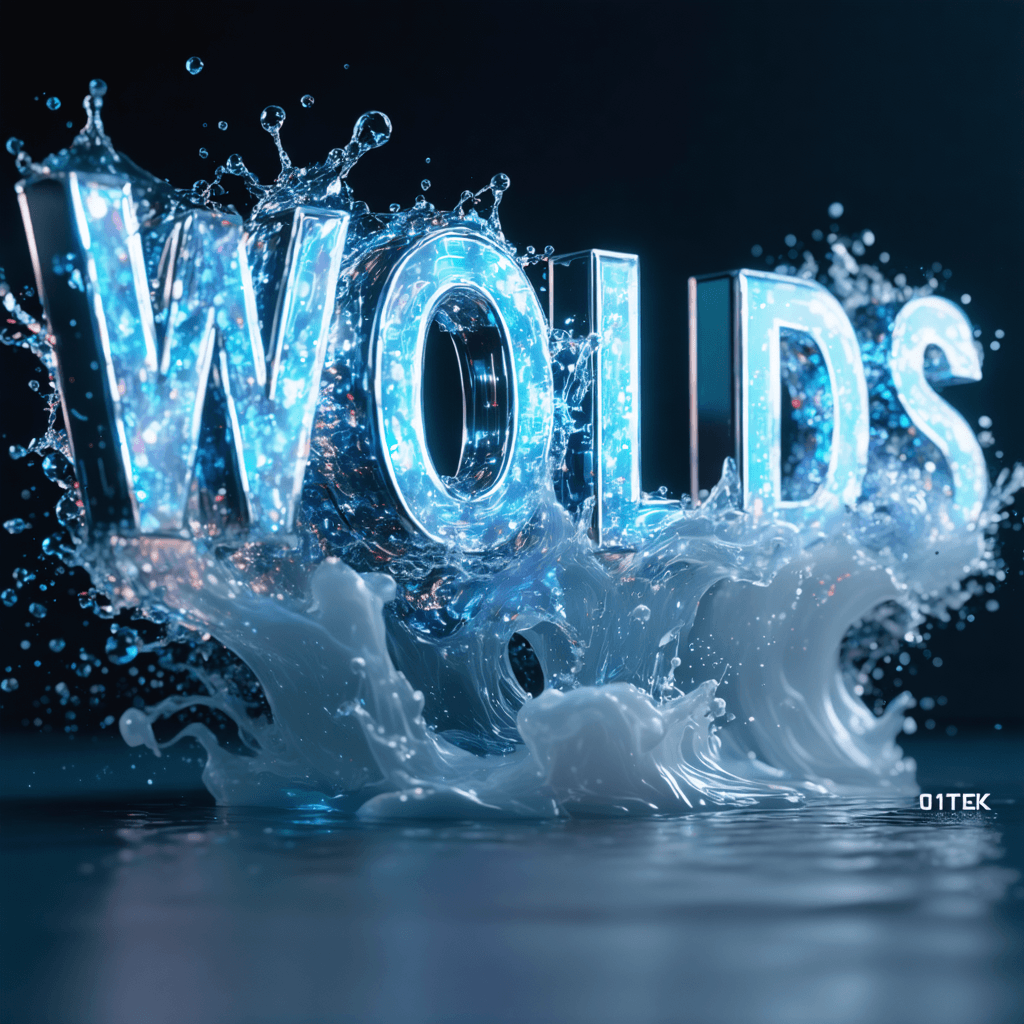From Words to Worlds: Breaking Speed Barriers in AI-Powered Virtual Reality Creation
The rapid evolution of artificial intelligence has ushered in a new era of virtual reality creation, transforming the way we conceptualize and build digital worlds. This technological revolution has made it possible to bridge the gap between imagination and reality faster than ever before, creating immersive experiences that were once confined to the realm of science fiction.
The AI-VR Revolution
The convergence of AI and VR technologies has created a paradigm shift in digital content creation. According to recent McKinsey research, agentic AI systems are now capable of creating "virtual coworkers" and environments with unprecedented autonomy and sophistication. These AI-powered tools can interpret natural language descriptions and transform them into fully-realized virtual environments in a fraction of the time it would take traditional development teams.

Breaking Down the Speed Barriers
Automated Environment Generation
One of the most significant breakthroughs in VR creation has been the development of AI systems that can automatically generate complex virtual environments. These systems utilize advanced machine learning algorithms to:
- Transform text descriptions into detailed 3D landscapes
- Generate realistic textures and materials on the fly
- Create dynamic lighting and atmospheric effects
- Populate environments with contextually appropriate assets
Real-time Iterations and Adjustments
The traditional VR development cycle often required weeks or months of iterations. Today's AI-powered tools enable real-time adjustments and modifications, allowing creators to:
- Preview changes instantly
- Experiment with different design variations
- Implement feedback immediately
- Scale environments dynamically

Practical Applications
Education and Training
The education sector has embraced AI-powered VR creation tools to develop immersive learning experiences. Virtual classrooms and training simulations can now be created and modified quickly to meet specific educational objectives. The Digital Learning Institute reports that gamification and immersive learning with VR/AR are among the top EdTech trends in 2025.
Healthcare Simulations
Medical professionals are using AI-generated virtual environments for:
- Surgical training
- Patient education
- Medical procedure visualization
- Mental health therapy sessions
Enterprise Solutions
Businesses are leveraging rapid VR creation for:
- Virtual product prototyping
- Remote collaboration spaces
- Customer experience demonstrations
- Employee training programs
The Technical Framework
Foundation Models
Modern VR creation platforms utilize foundation models that understand context and can generate coherent, interconnected virtual spaces. These models are trained on vast datasets of 3D environments, enabling them to:
- Interpret natural language instructions
- Generate physically accurate simulations
- Create consistent and logical world layouts
- Maintain visual and functional coherence
Neural Rendering
Advanced neural rendering techniques have revolutionized the way virtual environments are displayed, offering:
- Photorealistic graphics in real-time
- Efficient resource utilization
- Adaptive detail levels based on user focus
- Seamless integration of generated content
Future Implications
The democratization of VR creation through AI tools is set to transform multiple industries:
- Entertainment and Gaming
- Architecture and Design
- Real Estate and Virtual Tourism
- Scientific Visualization
- Social Media and Communication
Best Practices for AI-VR Creation
1. Clear Intent Definition
- Establish precise goals for your virtual environment
- Define user interaction parameters
- Document specific requirements and constraints
2. Iterative Development
- Start with basic prototypes
- Gather user feedback early and often
- Implement improvements incrementally
- Monitor performance metrics
3. Quality Assurance
- Test for user comfort and safety
- Verify environmental consistency
- Ensure proper scaling and proportions
- Validate interactive elements
Overcoming Current Limitations
While AI-powered VR creation has made tremendous strides, creators should be aware of existing challenges:
- Computing resource requirements
- Network bandwidth constraints
- Hardware compatibility issues
- Content optimization needs
The Road Ahead
As we look toward the future, several emerging trends will further accelerate VR creation:
- Enhanced natural language processing for environment generation
- Improved haptic feedback integration
- Advanced physics simulations
- Cross-platform compatibility
- Sustainable resource optimization
Ready to explore the cutting edge of AI-powered virtual reality creation? 01TEK offers comprehensive courses and resources to help you master these revolutionary tools. Visit our learning platform to discover how you can turn your creative vision into virtual reality at unprecedented speeds.
Sources: 1. McKinsey Digital Insights 2. Microsoft AI Trends 3. Program-Ace VR Trends 4. Digital Learning Institute 5. MobiDev AR Technology Trends
The best use of life is to spend it for something that outlasts it
William James



